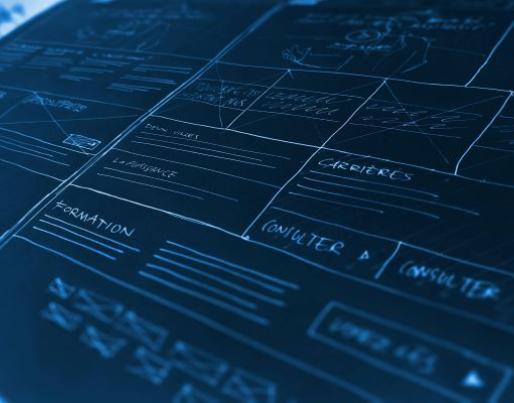Skills recognition pathway for BIM and sustainable energy skills

Skills recognition pathway for BIM and sustainable energy skills
The ARISE project has developed the maturity based model of digitization skills in sync with sustainable energy skills. The focus is on Building Information Modelling (BIM) aimed at maximising the effect of sustainable energy skills.
Some of the main features are:
- The Units of Learning Outcomes (ULOs) task-based method which allows to determine the skills required cording to the professional profile
- The maturity analysis which allows organisations to gain a clear vision on how to proceed in the next steps of digitalisation.
- The professinal profiles adressed include the four AEC professions (designers, contractors, clients, and public administration) to encompass the complete building life cycle (design, construction, operation).
In sum, this report provides a BIM resource and skills recognition pathway that all stakeholders can utilise, deliver and stimulate. It will serve as a basis for the later development of the task-based qualification framework for renewable energy skills with digitalization as an accelerator within the ARISE project.
An introduction to the importance of upskilling in digitalisation in relation to energy efficiency is at the base of Chapter 1. Chapter 2 describes the methodology and process used to build the model. Task based qualifications in relation to mapping of current and future skills are the backbone of the model.
The body of the model is laid out in Chapter 3. All elements from specialisms, (sub)tasks, ULOs, energy skills and maturity are described in relation to their position in the model. The way the model relates to other work packages and deliverables in ARISE is described in Chapter 4. Conclusions and References can be found in the Chapters 5 and 6 respectively.
d3.2_maturity-based-model-of-digitization-skills-in-sync-with-sustainable-energy-skills.pdf
English (1.59 MB - PDF)